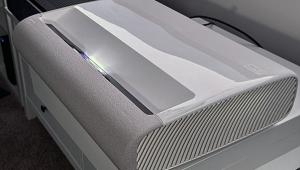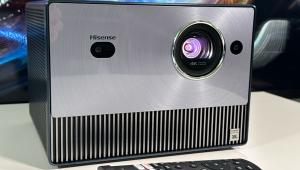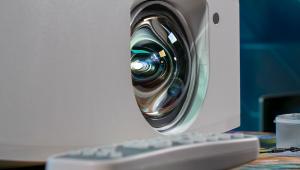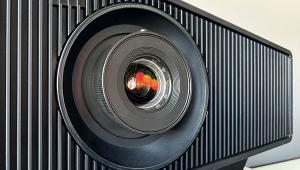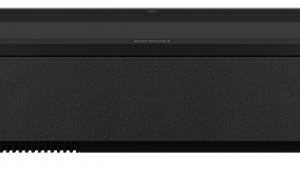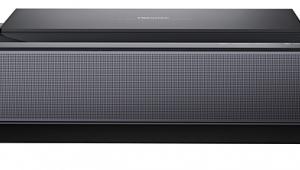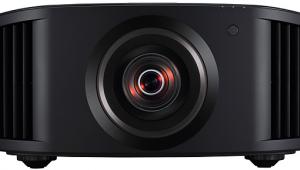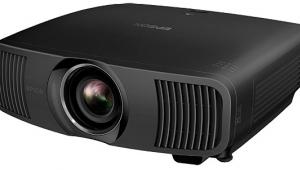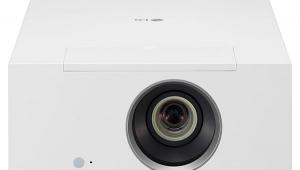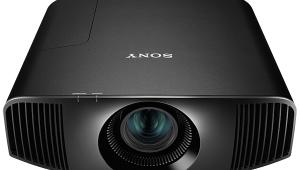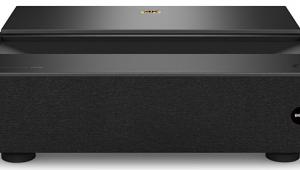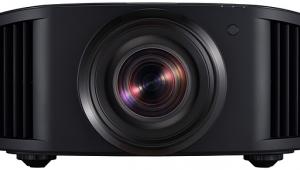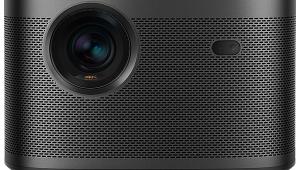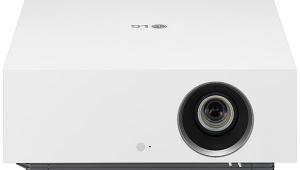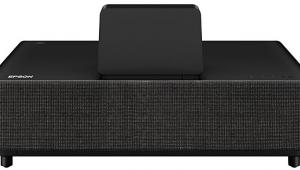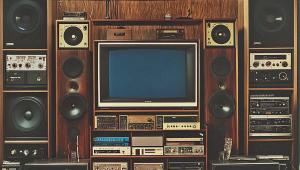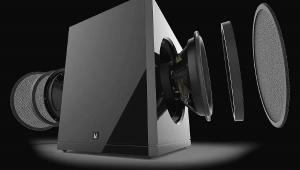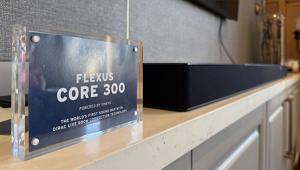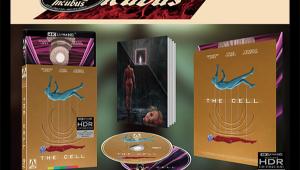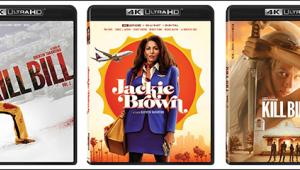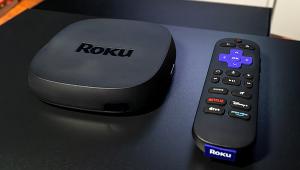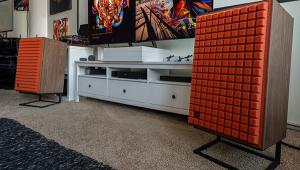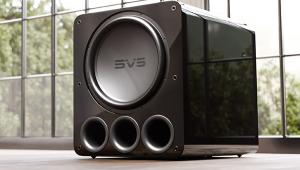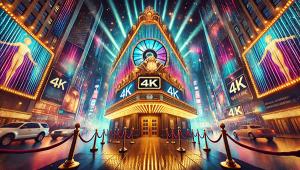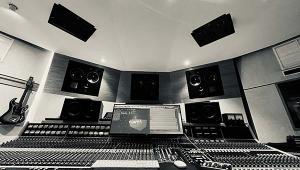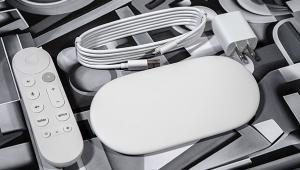Samsung SP-A900B DLP Projector HT Labs Measures
Full-on/full-off contrast ratio: 2,892:1
For the picture settings used in this review, go to HomeTheaterMag.com. Except as noted, all of the measurements were taken with the projector in Movie 1 mode, adjusted for the most accurate image, with the lamp power on Theater (low), the Gamma on Film, and the Dynamic Black on a Manual setting of 75. There were more than 100 hours on the projection lamp—185 in fact when I took the peak brightness and contrast readings. The screen was a 78-inch-wide Stewart Filmscreen Studiotek 130 with a gain of 1.3.
The full-on/full-off contrast ratio here is about average for a modern single-chip DLP projector. But it’s less impressive than what’s currently available from many LCOS, and even some LCD, designs. Switching Dynamic Black to Auto increased the peak white output to 25.29 foot-lamberts and decreased the black level to 0.004 ft-L, for a full-on/full-off contrast ratio of 6,323:1. With the Manual iris set to wide open (a Manual setting of zero) and the lamp on Bright, the peak white output increased to 33.13 ft-L with a black level of 0.012 ft-L.
Out of the box, the projector’s Film gamma setting measured a little high, at around 2.6. This was adjusted in the service menu down to 2.4, which produced a gamma of about 2.15 in the Video setting—a setting I rarely used. (The lower the gamma number, the brighter—but less richly saturated—the picture in the mid-brightness region. Many experts recommend a playback gamma of between 2.2 and 2.4.)
Engaging the Auto iris altered the gamma somewhat, from 2.35 (dark end) to 2.5 (bright end) in Film and 2.15 to 2.35 in Video. Dynamic irises generally produce a non-uniform gamma, which is one reason some experts don’t like them.
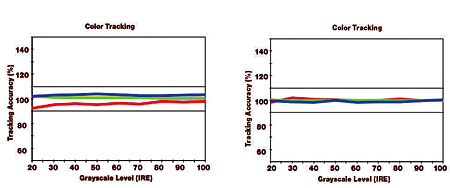
The white balance/color temperature calibration was performed at about 100 hours using the service menu technique I describe in the text. The result, shown in the Before Calibration and After Calibration charts below, is superb. I measured a Delta E of 2.04 or lower over the full brightness range of 20 IRE to 100 IRE when using the recommended service menu calibration method described in the review. However, after about 180 hours, the calibration had drifted, changing the color temperature across the board by about 10 percent. A further fine-tuning easily brought the projector back into line. This experience suggests that you might consider putting 200 hours or so on the lamp before you pay for a calibration.
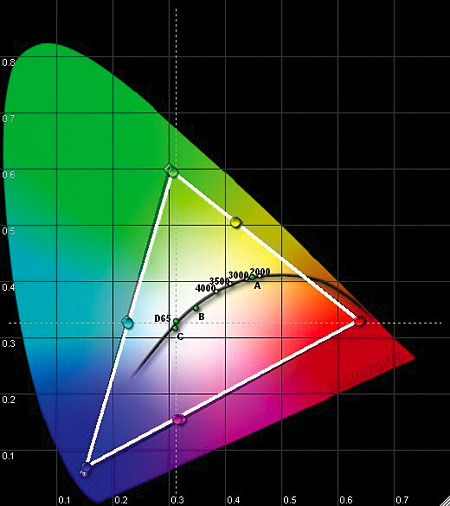
The CIE chart above shows the Samsung’s color gamut in the HD Color Standard setting. Apart from a negligible undersaturation in blue and green, the measurement (white triangle) is a very tight match to the HD (Rec.709) color standard (the black triangle). The SMPTE-C setting (not shown) produced a color gamut nearly identical to the HD result.—TJN

- Log in or register to post comments

